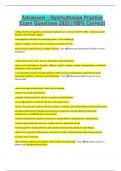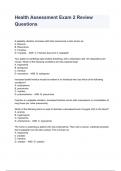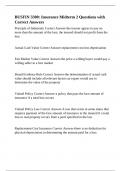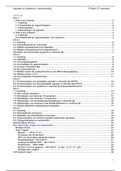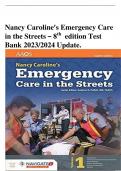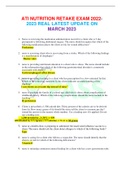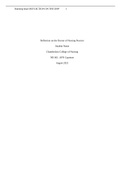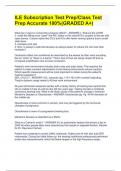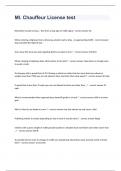Prüfung
Advanced – Dysrhythmias Practice Exam Questions 2025 |100% Correct|
- Kurs
- Hochschule
Advanced – Dysrhythmias Practice Exam Questions 2025 |100% Correct| -Antidysrhythmic Drugs (slow ventricular conduction or to convert the AF to NSR) - calcium channel blockers, beta-blockers, digoxin -Anticoagulants (benefits of preventing stroke v. risk of bleeding) -heparin, warfarin, l...
[ Mehr anzeigen ]
